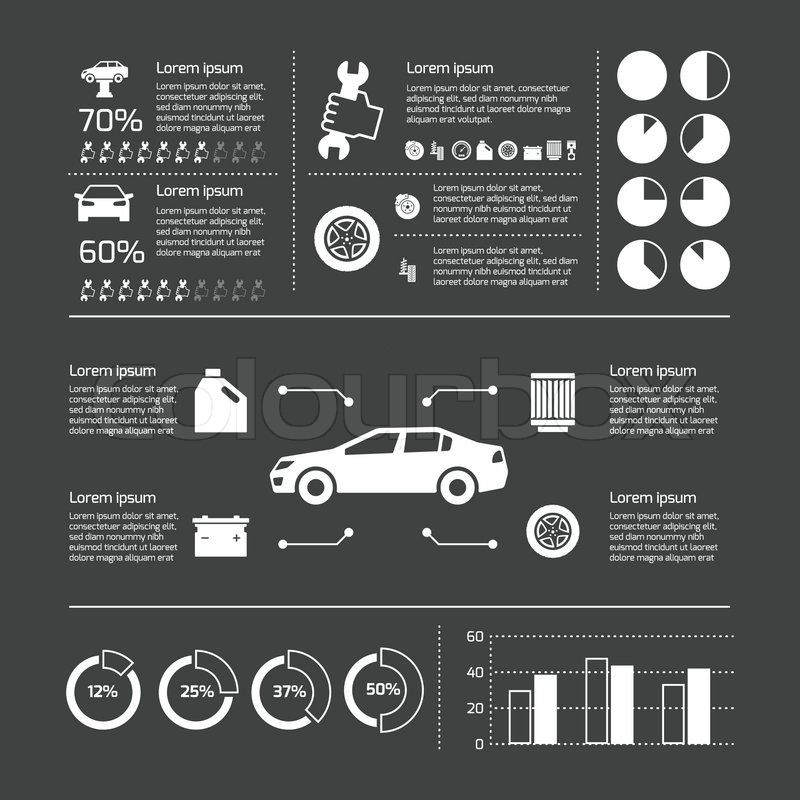When you lag the wheel, those beautiful warning lights on your control panel can be a little bit bewildering. Do you recognize what they're trying to inform you about your car's health? Comprehending the value of these lights is important for your safety and the longevity of your vehicle. So, the following time one of those lights pops up, would not you intend to analyze its message properly and take the needed steps to address it?
Common Caution Lights and Interpretations
Determine typical caution lights in your car and understand their significances to ensure secure driving.
https://ricardopkezu.webbuzzfeed.com/32655287/extremely-convenient-mobile-vehicle-describing-services-not-just-save-you-money-and-time-however-likewise-improve-your-automobile-s-long-life-uncover-just-how-they-can-change-your-routine consist of the check engine light, which indicates concerns with the engine or emissions system. If this light comes on, it's vital to have your car examined without delay.
The oil pressure warning light shows reduced oil pressure, needing prompt attention to avoid engine damages.
A flashing battery light might suggest a damaged charging system, possibly leaving you stranded if not addressed.
The tire pressure surveillance system (TPMS) light alerts you to reduced tire pressure, influencing car security and fuel efficiency. Overlooking this might lead to risky driving conditions.
The abdominal light indicates an issue with the anti-lock braking system, compromising your capability to quit rapidly in emergency situations.
Finally, the coolant temperature level cautioning light warns of engine overheating, which can result in severe damage if not resolved promptly.
Recognizing these usual caution lights will assist you resolve problems quickly and keep risk-free driving problems.
Importance of Prompt Interest
Understanding the common warning lights in your cars and truck is just the initial step; the importance of immediately attending to these warnings can't be emphasized enough to ensure your security when driving.
When a warning light illuminates on your dashboard, it's your auto's method of connecting a prospective issue that requires focus. Neglecting these warnings can lead to much more extreme problems later on, compromising your safety and security and potentially costing you more in repairs.
Prompt interest to warning lights can avoid break downs and mishaps. As an example, a flashing check engine light can indicate a misfire that, if left neglected, can create damage to the catalytic converter. Addressing this without delay can save you from a pricey fixing.
In a similar way, a brake system advising light could signify reduced brake liquid or used brake pads, important parts for your safety when driving.
Do It Yourself Troubleshooting Tips
If you see a caution light on your dashboard, there are a few do it yourself troubleshooting tips you can try before seeking expert assistance.
The primary step is to consult your automobile's guidebook to recognize what the details caution light shows. Occasionally the concern can be as basic as a loosened gas cap setting off the check engine light. Tightening up the gas cap might solve the problem.
Another usual issue is a reduced battery, which can activate various cautioning lights. Checking https://www.benningtonbanner.com/local-news/no-bumper-crop-of-auto-parts-this-year-supply-problems-worldwide-affecting-vehicle-repair-industry/article_59b27b32-26f0-11ec-8b9a-cbeae0597102.html for corrosion and ensuring they're safe and secure might fix the issue.
If a caution light continues, you can try resetting it by separating the car's battery for a few mins and then reconnecting it. Additionally, inspecting your automobile's fluid degrees, such as oil, coolant, and brake fluid, can assist fix alerting lights related to these systems.
Verdict
In conclusion, understanding your cars and truck's warning lights is vital for maintaining your automobile running efficiently and safely. By quickly resolving these alerts and understanding what they indicate, you can avoid pricey repair work and potential failures.
Keep in mind to consult your auto's handbook for particular details on each advising light and act accordingly to ensure a hassle-free driving experience.
Keep educated, stay safe when traveling!
